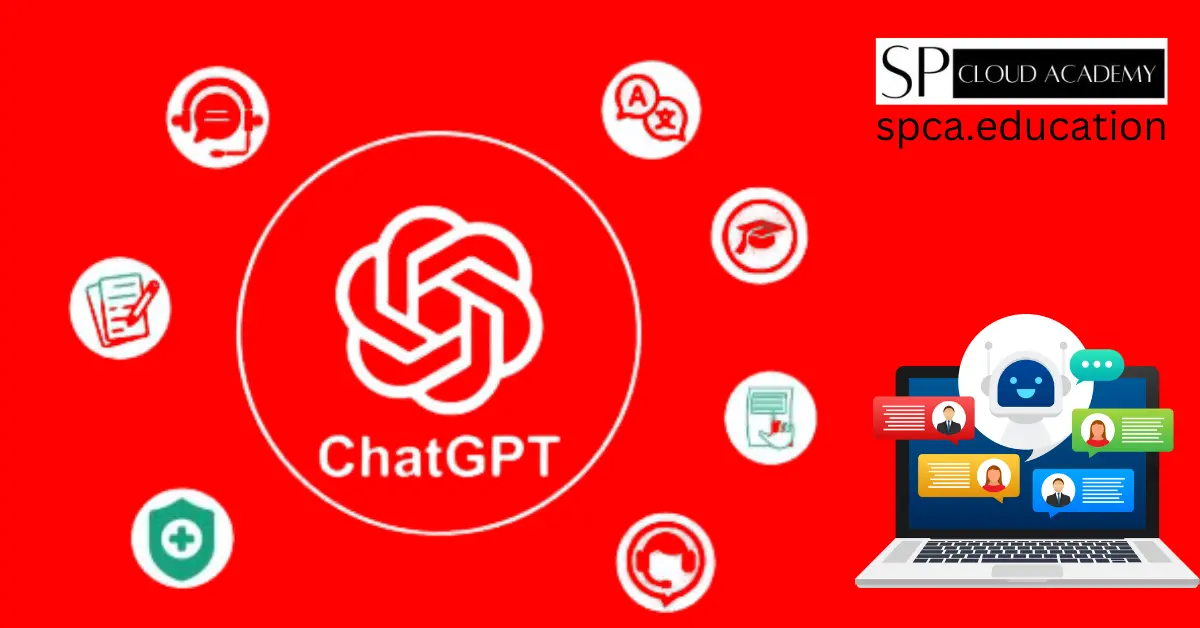Introduction
The Rise of Artificial Intelligence in Communication
Artificial Intelligence (AI) has made significant strides over the past few decades, revolutionizing various aspects of our lives. One of the most notable areas where AI has had a profound impact is in communication. From simple automated messaging systems to sophisticated conversational agents, AI is reshaping how we interact with technology and each other.
Historically, the journey of AI in communication began with rudimentary chatbots that could handle basic queries. These early models were limited in scope and often produced responses that were mechanical and unconvincing. However, advancements in AI technologies, particularly in Natural Language Processing (NLP) and machine learning, have paved the way for more advanced systems. Today, AI-driven communication tools, such as ChatGPT, are capable of understanding context, generating human-like text, and engaging in meaningful conversations.
Overview of ChatGPT
ChatGPT, developed by OpenAI, stands as a testament to the rapid advancements in AI communication. It is a language model that leverages deep learning techniques to generate coherent and contextually relevant text based on the input it receives. The development of ChatGPT marks a significant milestone in the field of AI, pushing the boundaries of what conversational agents can achieve.
What is ChatGPT? ChatGPT is an AI language model designed to understand and generate text in a conversational manner. It can engage in dialogue, answer questions, provide information, and even create content based on the prompts it receives. This versatility makes ChatGPT a powerful tool for a wide range of applications.
Development History and Milestones The development of ChatGPT has been a journey of continuous improvement. It started with the creation of the GPT (Generative Pre-trained Transformer) model, which laid the foundation for subsequent iterations. Each version of GPT has brought enhancements in terms of language understanding, response accuracy, and contextual relevance. Key milestones in the development of ChatGPT include the introduction of GPT-2, which showcased the potential of large-scale language models, and GPT-3, which further refined the model’s capabilities.
Key Features and Capabilities ChatGPT boasts several impressive features. It can generate human-like text, understand complex queries, and provide detailed responses. Its ability to maintain context over extended conversations sets it apart from earlier chatbots. Additionally, ChatGPT can perform a variety of tasks, such as summarizing text, translating languages, and even coding. These capabilities make it an invaluable asset in both personal and professional settings.
The Core Technology Behind ChatGPT
Natural Language Processing (NLP)
Natural Language Processing (NLP) is at the heart of ChatGPT’s functionality. NLP is a branch of AI that focuses on the interaction between computers and humans through natural language. It enables machines to understand, interpret, and generate human language in a way that is both meaningful and useful.
Explanation of NLP and Its Significance NLP involves several complex tasks, including language understanding, language generation, and sentiment analysis. For ChatGPT, NLP is crucial because it allows the model to process input text, comprehend its meaning, and generate appropriate responses. This ability to understand and generate human-like text is what makes ChatGPT an effective conversational agent.
How NLP Enables ChatGPT to Understand and Generate Human-Like Text ChatGPT utilizes advanced NLP techniques to analyze the input it receives. It breaks down the text into smaller components, such as words and phrases, and then uses these components to build a response. The model is trained on a vast corpus of text data, which helps it learn the nuances of language, including grammar, syntax, and context. This training allows ChatGPT to generate text that is coherent and contextually relevant.
Machine Learning and Deep Learning
Machine learning and deep learning are integral to the development and functioning of ChatGPT. These technologies enable the model to learn from data and improve its performance over time.
Overview of Machine Learning and Deep Learning Concepts Machine learning is a subset of AI that involves training algorithms to recognize patterns in data and make predictions based on those patterns. Deep learning, a subset of machine learning, involves the use of neural networks with multiple layers to model complex patterns in data. These neural networks mimic the human brain’s structure and function, allowing them to process large amounts of data and make accurate predictions.
The Role of Neural Networks in Training ChatGPT ChatGPT is built using neural networks, specifically transformer models. These models are designed to handle sequential data, such as text, and can capture long-range dependencies between words. During training, the model is exposed to vast amounts of text data, which it uses to learn the relationships between words and phrases. This training process enables ChatGPT to generate text that is contextually appropriate and grammatically correct.
Training Data and Models
The performance of ChatGPT is heavily influenced by the quality and quantity of the training data used.
The Datasets Used for Training ChatGPT ChatGPT is trained on diverse datasets that include a wide range of text from books, articles, websites, and other sources. This diversity ensures that the model is exposed to various writing styles, topics, and contexts. The training data is carefully curated to include high-quality text that reflects natural language use.
The Architecture of Models and Their Improvements Over Time The architecture of ChatGPT has evolved significantly over time. Early versions of the model were relatively simple, but with each iteration, the architecture has become more complex and powerful. The introduction of the transformer model, in particular, has been a game-changer. Transformers use self-attention mechanisms to capture dependencies between words, allowing the model to generate more coherent and contextually relevant text. Improvements in the architecture have also led to better handling of long-range dependencies and more accurate language generation.
Practical Applications of ChatGPT
Customer Support and Service
One of the most impactful applications of ChatGPT is in the realm of customer support and service. Businesses across various industries are leveraging ChatGPT to enhance their customer interactions and improve service delivery.
How Businesses Are Leveraging ChatGPT for Customer Interactions ChatGPT is being used by businesses to automate customer service functions, reducing the need for human agents to handle routine queries. This automation allows businesses to provide faster and more efficient service. ChatGPT can handle a wide range of customer interactions, from answering frequently asked questions to resolving issues and providing product information.
Examples of ChatGPT in Automated Customer Service Many companies have implemented ChatGPT in their customer support systems. For example, e-commerce platforms use ChatGPT to assist customers with order tracking, returns, and product recommendations. Financial institutions use ChatGPT to answer queries related to account balances, transactions, and financial advice. By integrating ChatGPT into their customer service workflows, businesses can provide 24/7 support and enhance customer satisfaction.
Content Creation and Curation
ChatGPT is also transforming the field of content creation and curation. Writers, marketers, and content creators are using ChatGPT to generate high-quality content and streamline their workflows.
Using ChatGPT for Generating Content, Such as Articles and Social Media Posts Content creators are harnessing the power of ChatGPT to produce a wide range of written content. ChatGPT can generate articles, blog posts, social media updates, and marketing copy with ease. Its ability to understand context and generate coherent text makes it a valuable tool for creating engaging content quickly.
Benefits for Writers and Content Creators For writers and content creators, ChatGPT offers several benefits. It can help overcome writer’s block by providing inspiration and ideas. It can also save time by generating drafts that can be refined and polished. Additionally, ChatGPT can assist with content curation by summarizing articles, extracting key points, and providing insights. These capabilities enable content creators to focus on higher-level tasks, such as strategy and creativity.
Education and E-Learning
The educational sector is another area where ChatGPT is making a significant impact. AI-powered tools like ChatGPT are enhancing the learning experience by providing personalized support and resources.
ChatGPT’s Role in Personalized Learning Experiences ChatGPT can tailor educational content to meet the individual needs of students. By analyzing a student’s queries and responses, ChatGPT can identify areas where the student needs improvement and provide targeted assistance. This personalized approach helps students learn more effectively and at their own pace.
Case Studies of AI-Powered Tutoring and Assistance Several educational platforms are using ChatGPT to offer AI-powered tutoring services. These platforms provide students with on-demand assistance for a variety of subjects. For example, ChatGPT can help students with math problems, provide explanations for scientific concepts, and offer guidance on writing assignments. These AI-powered tutoring services are particularly beneficial for remote learning, where access to human tutors may be limited.
Healthcare and Therapy
In the healthcare sector, ChatGPT is being used to improve patient care and provide support for mental health.
The Impact of ChatGPT in Providing Mental Health Support Mental health is a critical area where ChatGPT is making a difference. AI-driven conversational agents can offer support to individuals experiencing stress, anxiety, or depression. ChatGPT can engage in empathetic conversations, provide coping strategies, and recommend resources for further help. While it is not a substitute for professional therapy, ChatGPT can serve as a valuable supplementary resource.
Examples of AI in Telemedicine and Patient Interaction Telemedicine has become increasingly important, especially in the wake of the COVID-19 pandemic. ChatGPT is being used to facilitate patient interactions by answering medical queries, providing information about symptoms, and guiding patients through self-care procedures. Healthcare providers are also using ChatGPT to streamline administrative tasks, such as appointment scheduling and patient follow-ups, thereby improving the overall efficiency of healthcare delivery.
Virtual Assistants and Personal Productivity
ChatGPT is enhancing the capabilities of virtual assistants, making them more effective in managing tasks and boosting productivity.
Enhancements in Virtual Assistant Capabilities Virtual assistants powered by ChatGPT can perform a wide range of tasks, from setting reminders and managing calendars to composing emails and generating reports. The advanced language understanding and generation capabilities of ChatGPT enable these assistants to handle complex queries and provide detailed responses.
How ChatGPT Aids in Personal Productivity and Task Management By integrating ChatGPT into personal productivity tools, users can automate routine tasks and focus on more important activities. For instance, ChatGPT can draft emails, create to-do lists, and generate summaries of meetings. These functionalities help users save time and stay organized, ultimately enhancing their productivity.
Ethical Considerations and Challenges
Bias and Fairness
While ChatGPT offers numerous benefits, it also raises ethical concerns, particularly related to bias and fairness in AI-generated content.
Addressing Concerns of Bias in AI Language Models AI models like ChatGPT can inadvertently perpetuate biases present in the training data. This can lead to biased or unfair responses, which can have negative consequences. Addressing these concerns requires careful curation of training data, implementation of bias mitigation techniques, and continuous monitoring of AI outputs.
Steps Taken to Ensure Fairness in AI Responses Developers of ChatGPT are actively working to reduce bias and ensure fairness. This involves using diverse and representative datasets, employing fairness-aware algorithms, and incorporating feedback mechanisms to identify and rectify biased responses. Transparency in AI development and the inclusion of ethical guidelines are also crucial steps in promoting fairness.
Privacy and Security
Privacy and security are paramount when it comes to AI-driven communication tools like ChatGPT.
How ChatGPT Handles User Data and Privacy Concerns ChatGPT is designed to handle user data with strict privacy protections. User interactions are anonymized, and sensitive information is not stored or used for training purposes. Developers implement robust data encryption and access controls to safeguard user privacy.
Security Measures to Prevent Misuse of AI Communication Ensuring the security of AI systems involves implementing measures to prevent misuse. This includes monitoring for malicious activity, implementing authentication protocols, and using AI to detect and mitigate security threats. Regular security audits and updates are also essential to maintaining the integrity of AI communication tools.
The Human Element
Despite the advancements in AI communication, the human element remains crucial.
Balancing AI Interactions with Human Touch While ChatGPT can handle many tasks, it is important to balance AI interactions with human touch. Human oversight and intervention are necessary to ensure that AI responses are appropriate and aligned with ethical standards. The goal is to create a harmonious interaction between AI and humans, where AI enhances human capabilities rather than replacing them.
The Importance of Maintaining Empathy in AI Communication Empathy is a key component of effective communication. Ensuring that AI interactions are empathetic involves training models to recognize and respond to emotional cues appropriately. This can be challenging, but it is essential for building trust and fostering positive interactions between users and AI systems.
Future Prospects of ChatGPT
Advancements in AI Communication
The future of AI communication looks promising, with several advancements on the horizon.
Predicted Trends and Future Advancements in AI Technology Experts predict that AI communication tools will become even more sophisticated, with improved language understanding, context retention, and personalization. Future advancements may include more nuanced emotional recognition, better handling of complex queries, and enhanced multilingual capabilities.
The Potential Impact of ChatGPT on Various Industries As AI communication technology continues to evolve, its impact on various industries will grow. Sectors such as healthcare, education, customer service, and entertainment will see significant benefits from the integration of advanced AI communication tools. These tools will enable more efficient operations, better user experiences, and innovative solutions to industry-specific challenges.
Integration with Emerging Technologies
The integration of ChatGPT with emerging technologies will further enhance its capabilities and applications.
How ChatGPT Will Integrate with Technologies Like AR/VR and IoT The synergy between ChatGPT and technologies like Augmented Reality (AR), Virtual Reality (VR), and the Internet of Things (IoT) will open up new possibilities. For example, in AR and VR environments, ChatGPT can provide real-time assistance and information, enhancing the immersive experience. In IoT, ChatGPT can facilitate seamless interactions between users and smart devices, creating more intuitive and responsive systems.
The Synergy Between AI Communication and Other Tech Innovations The combination of ChatGPT with other tech innovations, such as blockchain for secure transactions and edge computing for faster processing, will lead to more robust and versatile AI communication solutions. This synergy will drive the development of new applications and services that leverage the strengths of multiple technologies.
The Vision of a Seamless AI-Human Interaction
The ultimate goal is to achieve seamless AI-human interaction, where AI tools like ChatGPT enhance human capabilities without being intrusive.
Envisioning a Future with Seamless Integration of AI in Everyday Life In the future, AI communication tools will be seamlessly integrated into our daily lives, assisting us in various tasks and enhancing our interactions. This integration will be so natural that it will feel like a part of our everyday environment, much like how smartphones have become indispensable.
The Role of ChatGPT in Bridging Communication Gaps ChatGPT will play a pivotal role in bridging communication gaps, whether linguistic, cultural, or technological. By facilitating clear and effective communication, ChatGPT will help create a more connected and inclusive world.
Conclusion
The Transformative Power of ChatGPT
ChatGPT is revolutionizing the way we communicate, offering advanced capabilities that enhance both personal and professional interactions. Its impact is evident across various industries, from customer service and content creation to education and healthcare. As AI technology continues to evolve, ChatGPT will play an increasingly important role in shaping the future of communication.
Summarizing the Key Points of ChatGPT’s Impact on AI Communication ChatGPT’s ability to understand and generate human-like text has made it a valuable tool for numerous applications. Its integration into customer support systems, educational platforms, and personal productivity tools highlights its versatility and effectiveness. Addressing ethical considerations, such as bias and privacy, is crucial to ensuring that ChatGPT’s impact is positive and fair.
Final Thoughts on the Future of AI and Human Interaction The future of AI communication holds immense potential. As we move towards more advanced and integrated AI systems, the focus should remain on enhancing human capabilities and fostering meaningful interactions. ChatGPT exemplifies the transformative power of AI in communication, paving the way for a future where AI and humans work together harmoniously.
See Also
Explore more AI related Articles: https://spca.education/category/ai-ir4-0/
-
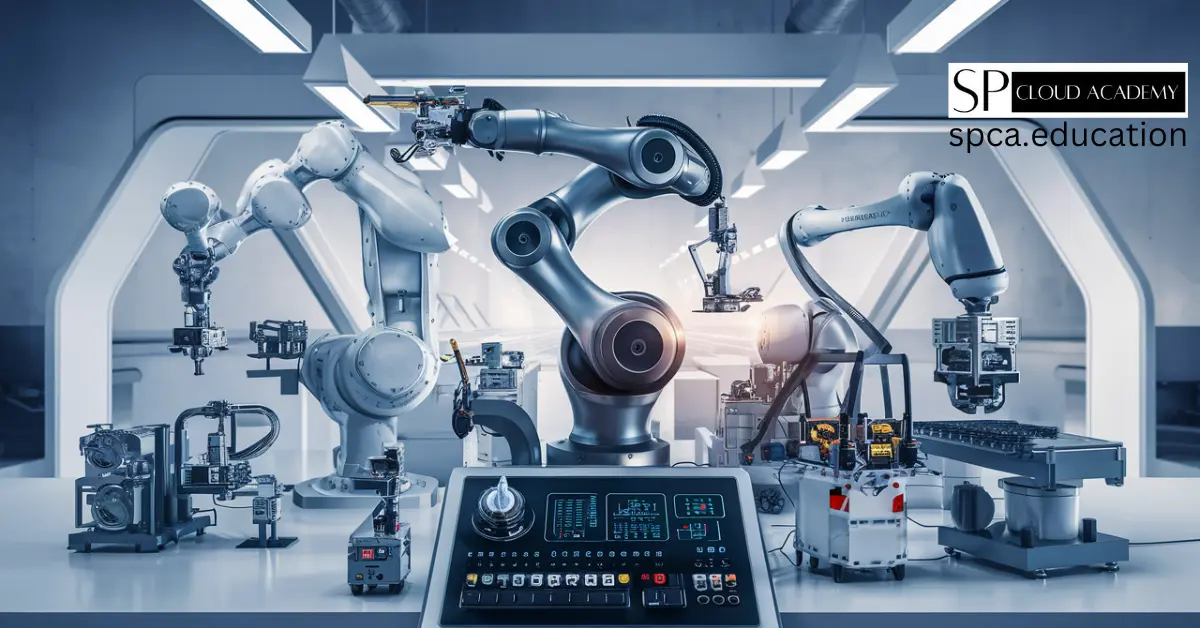
Robotic Process Automation: The Future of Work or The End of Jobs?
-

Revolutionizing Manufacturing: How 3D Printing is Changing the World
-
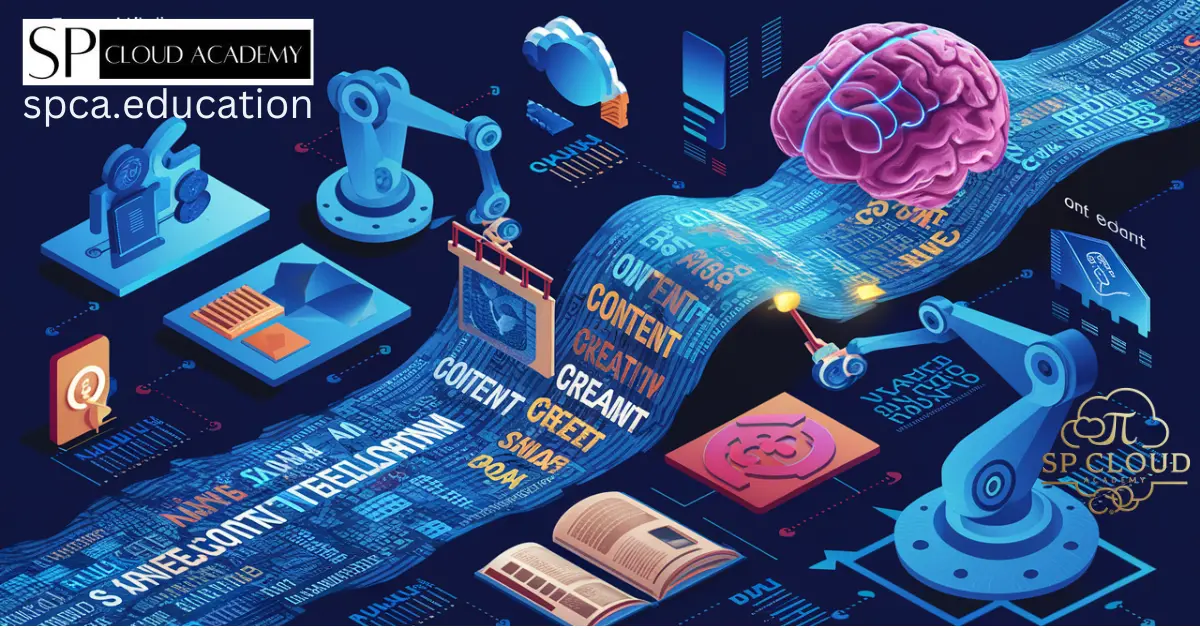
Generative AI and the New Era of Work: Are You Ready?
-
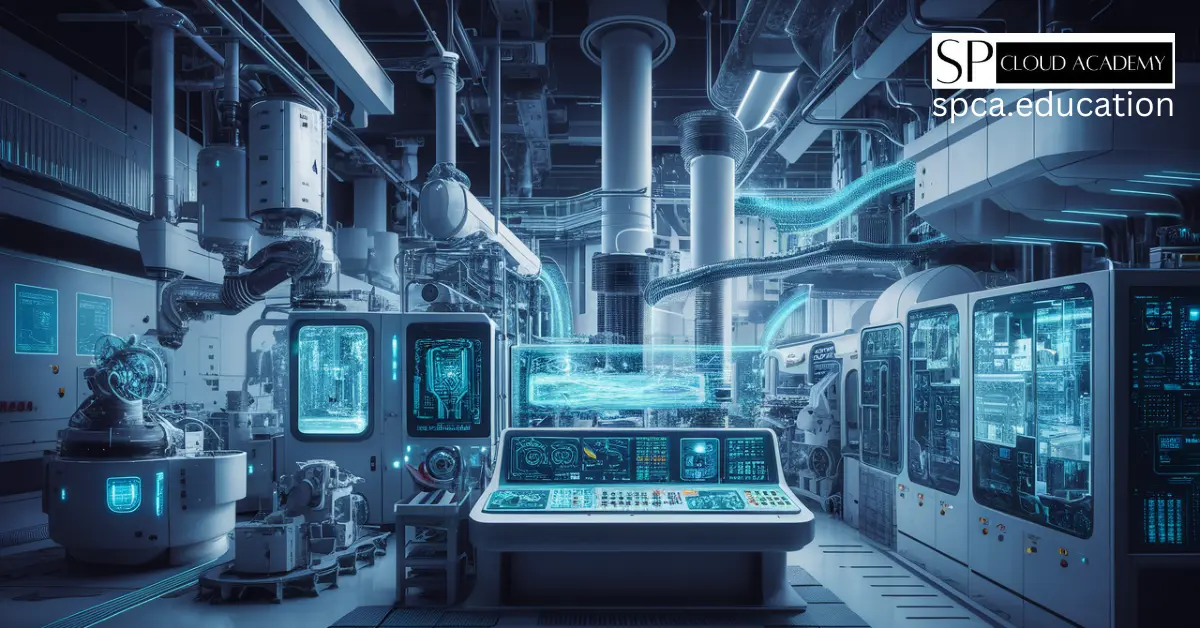
The Industrial Internet of Things (IIoT): The Backbone of Smart Factories and Industry 4.0
-
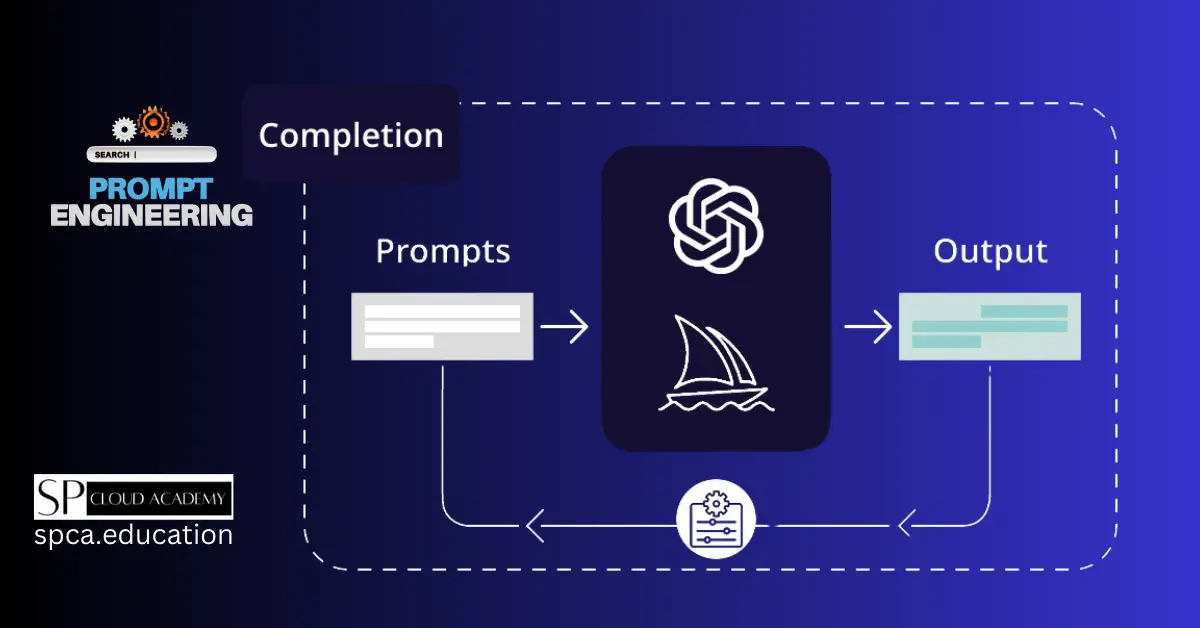
Master the Art of Prompt Engineering: Unlock ChatGPT’s Full Potential
-
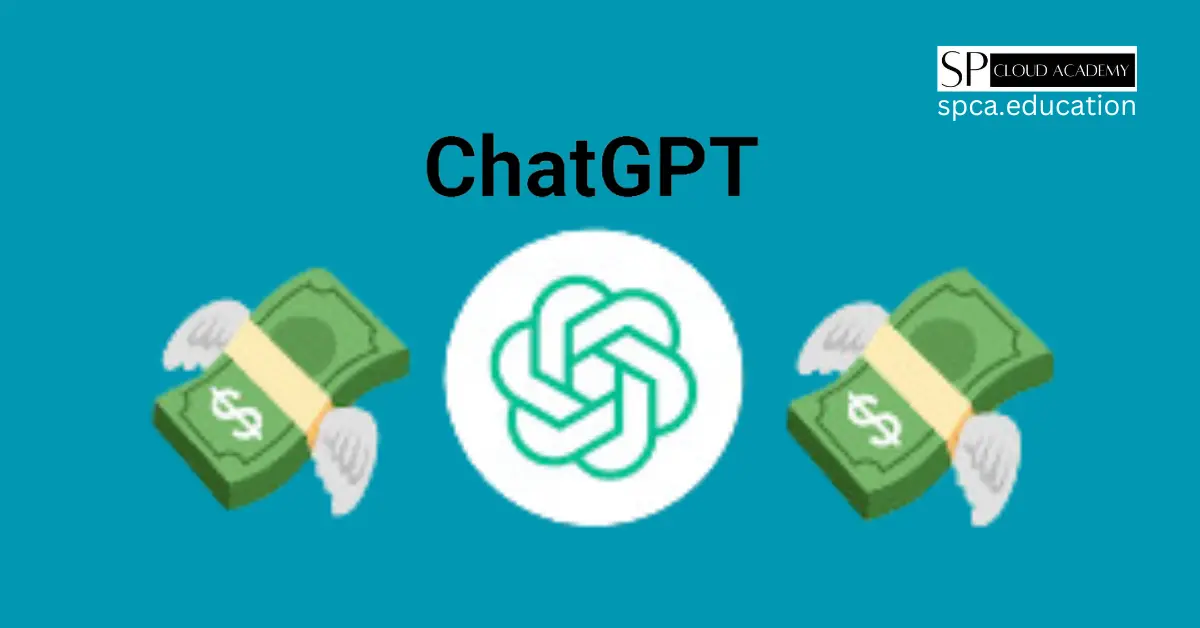
How to Make Money Online Using ChatGPT
